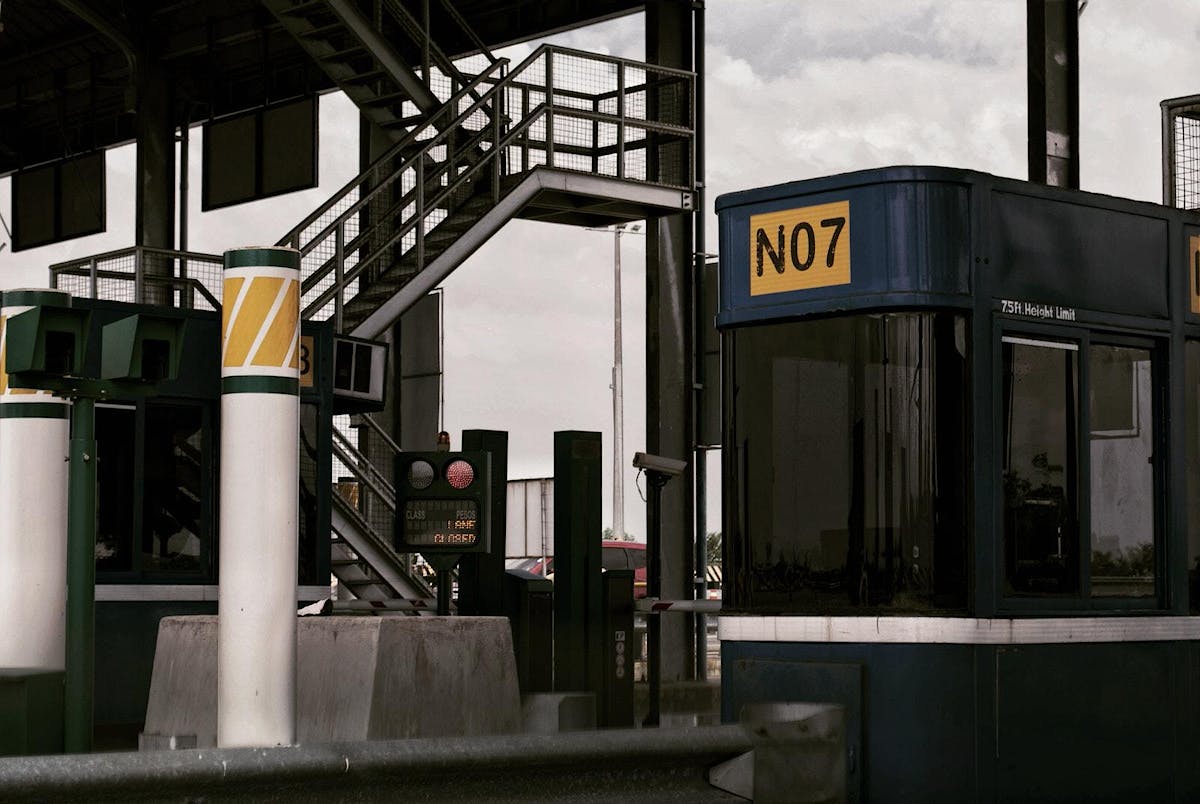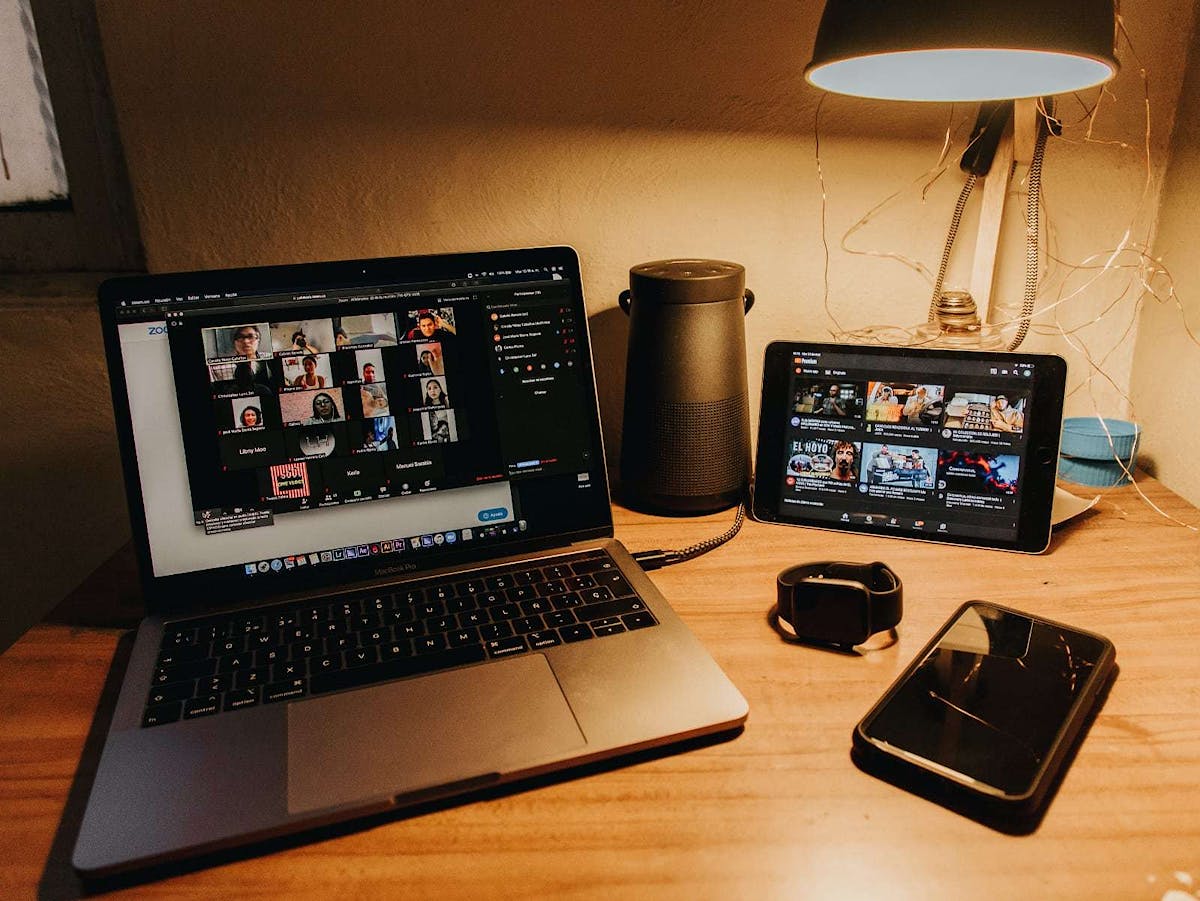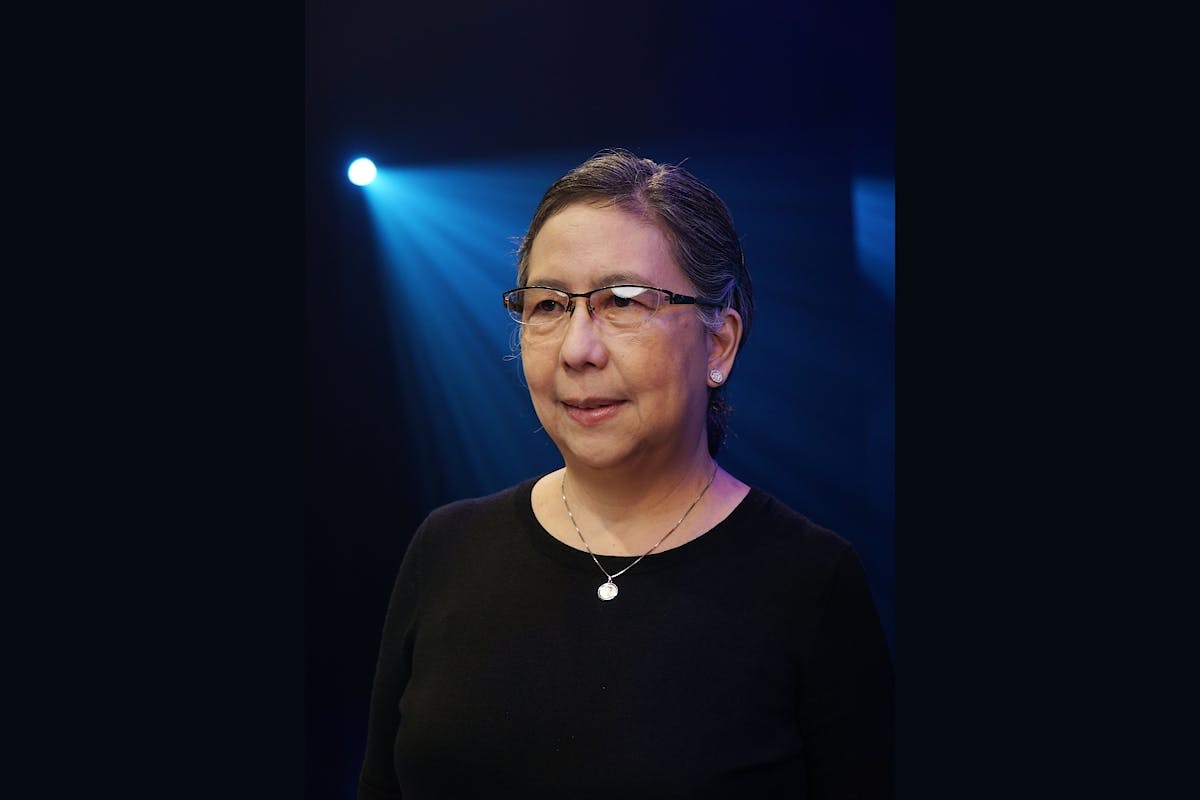
Our Way Forward
Mobility and the Future of the City
Sure, the early bird catches the worm. But first, there must be some worms out there somewhere. Worms themselves will not crawl towards the birds, and especially if they knew they would only be eaten. The birds themselves must work on it, at least the adults among them. They all need to work for it, lest they have nothing to eat.

Sure, the early bird catches the worm. But first, there must be some worms out there somewhere. Worms themselves will not crawl towards the birds, and especially if they knew they would only be eaten. The birds themselves must work on it, at least the adults among them. They all need to work for it, lest they have nothing to eat.
We have much to learn from the birds, from the animal world in general, indeed from the whole of nature.
The pandemic gave us the opportunity to become aware of our natural environment. People engaged in birdwatching, many of them for the first time. We also noticed how our air felt fresher, and how animals started entering urban areas (one could say, reclaimed what originally belonged to them).
In designing our cities, for example, we must ensure that, first, there are enough resources for everyone to live (food, water, clothing, clean air, etc.) and, second, that they are accessible for everyone. Availability and accessibility are of course primarily a question of justice.
That there are resources to be had for consumption means that there are people who produce them. Injustice occurs when there are people who produce but have nothing to consume. Or, conversely, when there are people who consume what they themselves did not produce, or even indirectly, when there are those who consume but have not put in any sort of work whatsoever, such as children of wealthy parents who merely inherit wealth, or factory owners who accumulate wealth only because they keep laborers at subhuman wage levels.
But the availability of resources is a function not just of supply, but also of accessibility. If worms are under a cemented ground, the birds obviously cannot dig them out. The worms would have been made inaccessible because of the concrete. In human communities, especially in urban areas, accessibility then is a question of design: who gets to go where, and by what means.
Take the example of our roads. If 90% of space is allocated for private cars, which only 20% percent of the population can afford, we clearly have a case of injustice. Mobility is itself a question of justice. Not only is it unjust to allocate more space to the few, it is also patently impractical, for such a design benefits no one, and only causes misery to all, and especially those who have the least in life.

If, however, we design cities in a way that is just, we will learn that it also means designing them in a way that is in keeping with how the human body itself is designed. During the home quarantine, I had the chance to observe at a very close range Olive-backed sunbirds feeding on nectar from the nong nooch vine hanging just outside the front door of our house in Quezon City. Not only is the long, curved beak of the sunbird a design that is beautiful to behold, but it is also eminently practical, perfectly suited to the flowers that contain nectar, in shape as well as in length. The nong nooch vine belonged more to the sunbird than to me, as we had it mainly for ornament. The sunbird, therefore, has more right to access it than I. The sunbird knew that there’s precious nectar in the flowers, and it found ways to access it. I shouldn’t get in its way as it tries to feed from the nectar.
And how are our human bodies designed? We are not called bipedal animals for no reason. Our bodies are designed for walking, running, or even climbing. Our bodies have not been designed for us just to sit around all day, whether on our sofas or in motorized vehicles. We are designed for movement. It shouldn’t be a mystery then that a sedentary life is unhealthy, and why we are encouraged to have an active lifestyle in order to maintain good health. One of the most tragic things about our being human is how we get excited when we witness our babies make their first steps, but only to bring them up in a world that is hostile to walking, running, and riding our bicycles.
Ever wonder why the best, most livable cities in the world are at the same time pedestrian- and bicycle-friendly? Cities are livable—which means it is not only safe but even more so a joy to live in—to the extent that it allows its citizens to move freely. Just like the birds with their worms, we humans need to get access to our daily bread.
Now, mobility, availability, and accessibility are surely matters of design in the physical sense of space, objects, and physical infrastructure. But they also have to do, even more importantly, with our culture and moral values. Apart from the many physical barriers that prevent us from accessing essential goods—bad urban design among them—there exist barriers that are invisible to the eye and even more detestable.
Just go to any supermarket, and you will see outside, at night, our fellow human beings waiting for whatever they could scavenge from the refuse of our society. There is absolutely nothing physical that serves as a barrier between them and the goods inside the supermarket. And yet they will not step inside—not even one foot in—for they know not only that they are not welcome there, but also that those goods inside are not within their reach. They know they have no access to them.
Consider Katipunan avenue in Quezon City, which connects major institutions of learning, from grade school to university levels, such as the University of the Philippines in Diliman, Miriam College, and the Ateneo de Manila University. And because it is found in a largely residential area, one would imagine the place to be bustling with youthful energy and activities—young people leisurely walking along the road, whether from their homes to their school, whether to go to a café or a bookshop.
But, no, instead we have a road that had been repeatedly expanded only to be filled with more cars, causing traffic congestion on a daily basis, without proper pedestrian paths, if at all, that otherwise would allow people to walk safely and leisurely, let alone protected and honest-to-goodness bicycle lanes.
If we are therefore to redesign the Katipunan area with a sense of the place and in recognition of the need for mobility and accessibility, we will clearly have to radically shift our mindset—from a car-centric culture to one that recognizes the vital importance of public spaces for all. We will have to carefully construct a network of pedestrian paths and bicycle lanes, connecting the LRT-2 station in Aurora, the schools and universities, the residential communities, as well as the business establishments. We will have to establish an efficient local public transport system, which in turn should be interconnected with the wider Metro Manila public transport network.
This will mean reclaiming a good part of Katipunan—an entire lane at least—that was foolishly and thoughtlessly handed over to what in the first place is the cause of road congestion and pollution, in order to build safe and generously spaced walk paths and bicycle lanes. Everyone's a winner here. For one, increased pedestrian and cycling traffic means more customers, and therefore good business. If, like in other countries, children can walk on their own to their school, imagine how much will be saved in terms of energy, time, and financial cost. Imagine how this would improve our mental and spiritual health, as we will be spared of emotional and psychological stress, much of which is wholly avoidable.
Now, the demands of justice will necessitate going beyond the level of mere physical infrastructure. A truly inclusive design will demand consultation and collaboration with the residents of various communities in the area, especially those who have been marginalized ever since. The universities, schools, business establishments, and middle-class residential areas all benefit from the labor and services of people residing in urban poor communities. Most of these communities, for example, cannot be accessed by fire trucks. We live as if other people such as those belonging to the urban poor did not exist. And yet we all depend on them for their labor and services. Urban design must be based on justice, and justice demands inclusion and recognition.
There is perhaps nothing as moving as the sight of human communities living justly not just with one another but also with their environment, both natural and human-made. In such a community, both human beings and others belonging to their environment (such as animals and trees) can breathe, in every sense of the word.
As we prepare for the post-pandemic world, let us aim to build cities where barriers—the visible but more so the invisible—are torn down to make way for a human community that is vibrant because people, without exception, are all able to move freely as they go about their daily lives and as they pursue their goals in life.

















